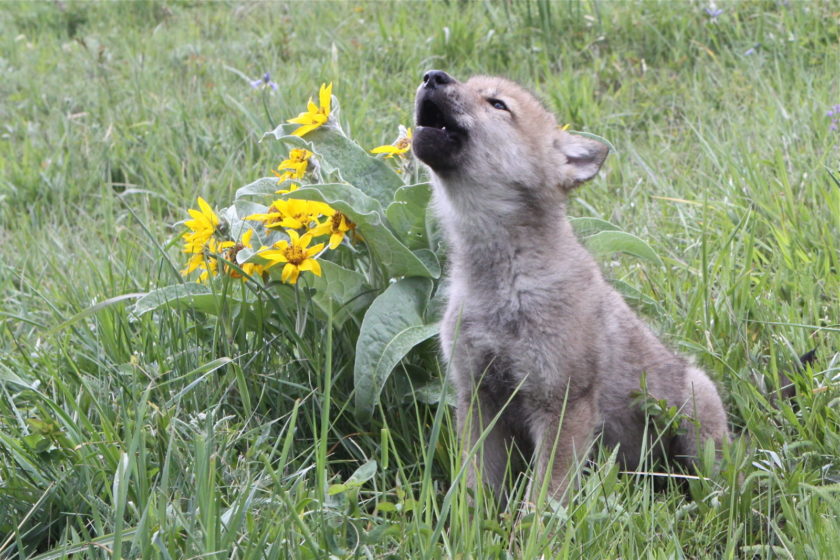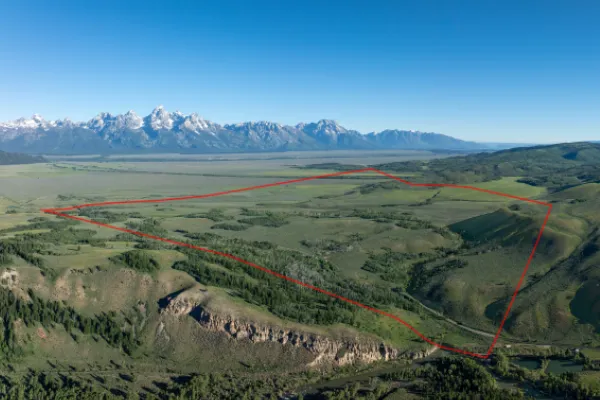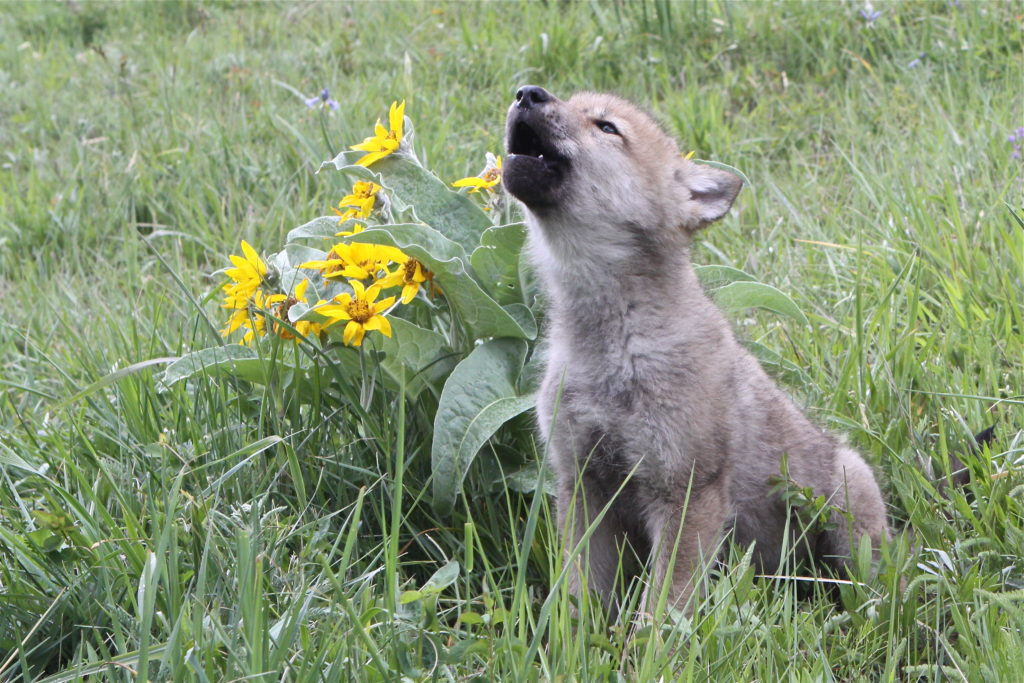
• The bison herd in Grand Teton was still calving in June. In July, early-born bison calves will start to turn from their bright orange natal fur to a dark brown coat.
• Osprey, eagle, and swan nestlings are still developing and preparing for flight later this summer.
• Moose have calved and are VERY protective of their young. Please be cautious.
• Hibernating rodents, such as uinta ground squirrels, chipmunks, and marmots are very active, putting on weight to get them through the next winter.
• Pikas, smaller relatives of hares and rabbits, are becoming more noticeable as the snow continues to recede.
• Neotropical birds, such as ruby crowned kinglets, western tanagers, and hummingbirds have returned and are busy breeding and raising young.
• Pronghorn antelope had their fawns during June. By July, both pronghorn and elk calves are very mobile and move with their mothers for most of the day.
• Grizzly Bear 399 and her 4 cubs were observed frequently in the northern reaches of the park in May-June. If you are lucky enough to see them, please give them the space they deserve so that others can also enjoy their presence. Park regulations require that visitors stay 100 yards or further away from bears and wolves.
• Mosquitoes are now out in force (but vary in abundance across the landscape), providing food to birds, bats, fish, and other species.
• As daily high temperatures rise with the season, mid-day wildlife activity will be reduced considerably.










